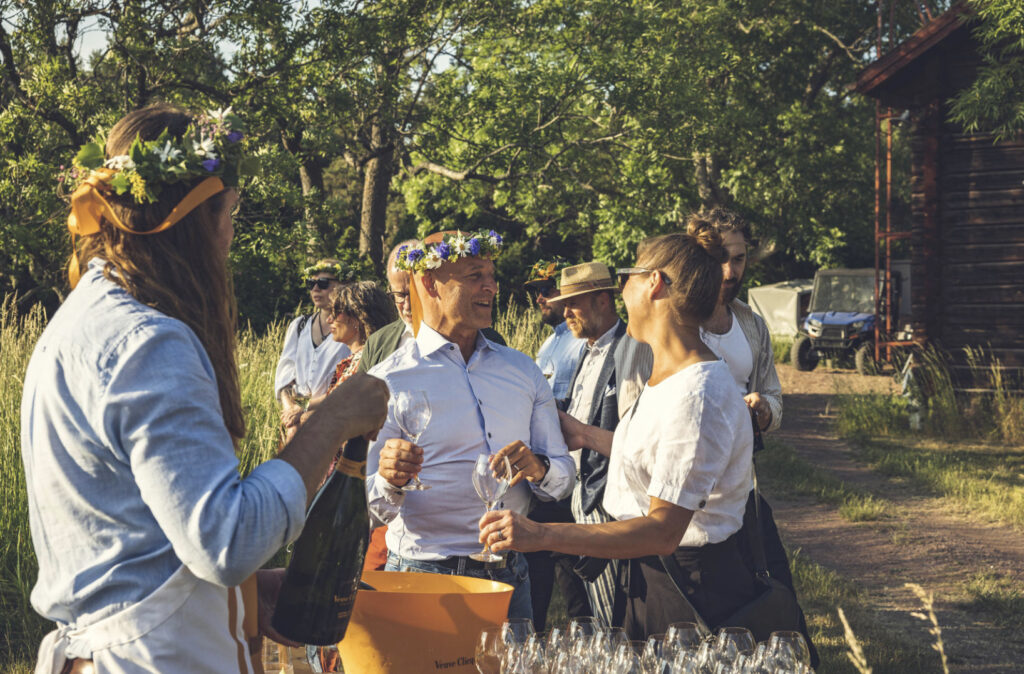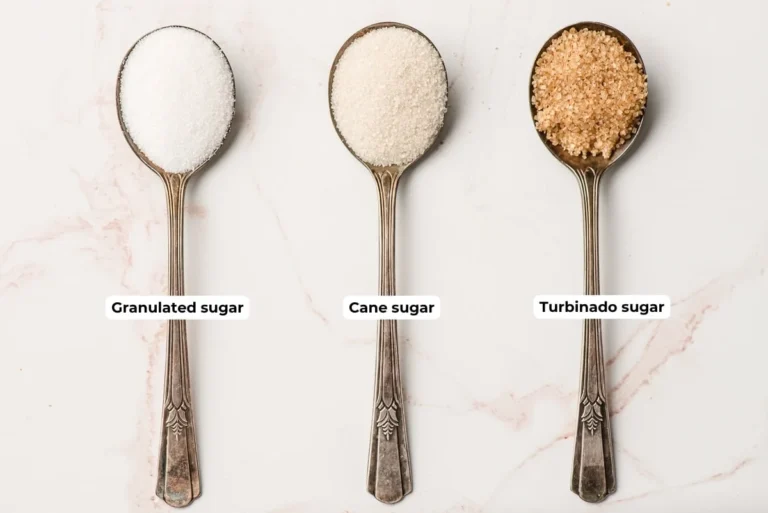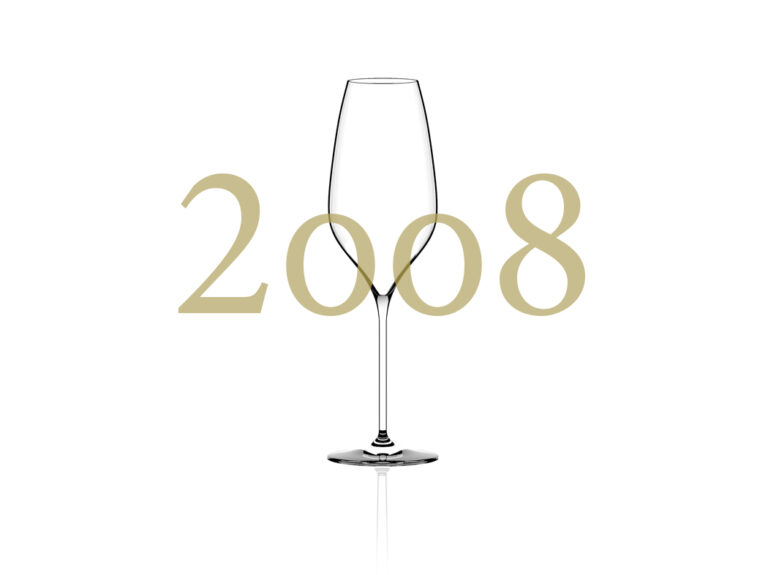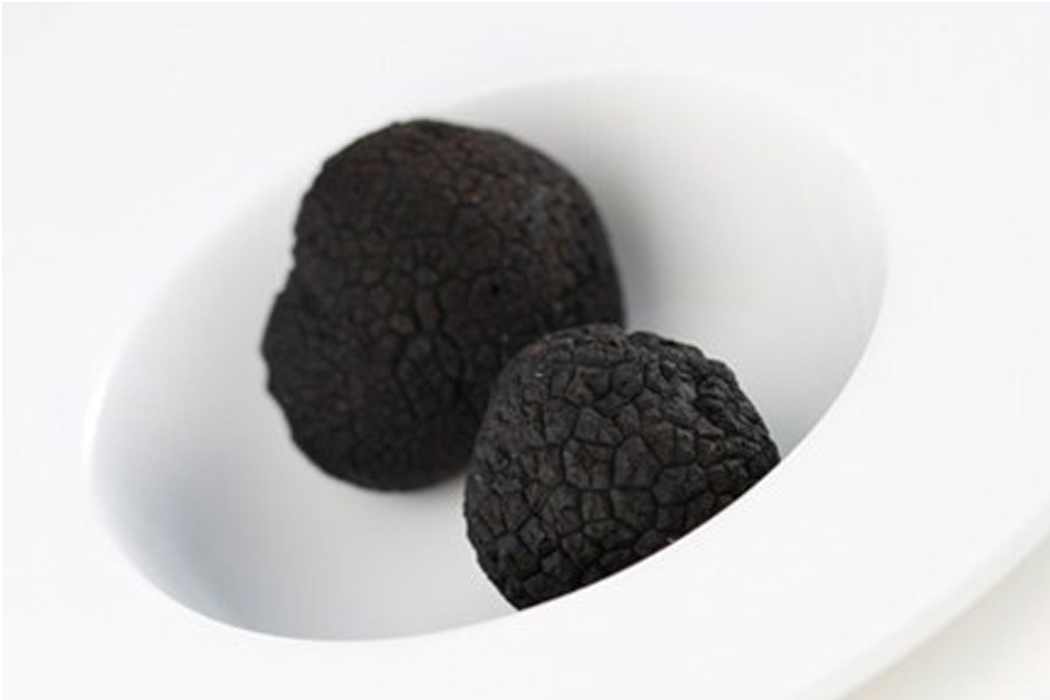Midsummer in Sweden is not just a holiday; it’s a profound cultural experience, a vibrant celebration of light, life, and the peak of the Scandinavian summer. [read the full champagne story]
Estimated reading time: 7 minutes

Steeped in ancient traditions and folklore, it’s a time when Swedes flock to the countryside, gather with loved ones, and immerse themselves in festivities that combine pagan roots with joyous communal rituals.
The Heart of Midsummer: Traditions and Festivities
Midsummer, or “Midsommar,” always falls on a Friday between June 19th and 25th, ensuring a long weekend of revelry. The central theme is the summer solstice – the longest day of the year – a period when the sun barely sets, and in parts of northern Sweden, remains visible around the clock, creating the ethereal “Midnight Sun.”
The Maypole (Midsommarstång): The undisputed centerpiece of any Midsummer celebration is the midsommarstång or majstång. This tall, leafy pole, adorned with fresh flowers and birch leaves, is meticulously decorated and then raised by the community. Once upright, people of all ages join hands and dance around it, performing traditional folk dances and singing cheerful songs, the most famous being “Små Grodorna” (The Little Frogs), where participants mimic frogs with amusing movements. The maypole symbolizes fertility and growth, a direct link to the holiday’s ancient pagan origins.
Flower Crowns (Midsommarkransar): Before the dancing begins, a beloved tradition is the weaving of midsommarkransar – beautiful flower crowns made from wildflowers and greenery. Worn by women and children, these crowns are a symbol of summer’s bounty and natural beauty. According to folklore, if a young, unmarried person picks seven different types of flowers on Midsummer Eve and places them under their pillow, they will dream of their future spouse.
Folklore and Magic: Midsummer Night was historically considered a magical time. It was believed that nature’s powers were at their peak, and water and plants held special healing properties. Bonfires were sometimes lit (though more prevalent in neighboring Scandinavian countries) to ward off evil spirits, and various customs were observed to bring good fortune and ensure a successful harvest.
Outdoor Gatherings and Games: Midsummer is inherently an outdoor affair. Families and friends gather in gardens, by lakes, or in public parks. Beyond dancing, lively games and activities are common, such as tug-of-war, sack races, and other playful competitions that add to the festive atmosphere.

A Feast for the Senses: Midsummer Gastronomy
Swedish Midsummer is synonymous with a specific culinary spread that is fresh, seasonal, and utterly delicious. The emphasis is on light, summery fare that perfectly complements the long days and bright nights.
The Herring (Sill): No Midsummer table is complete without an array of pickled herring (sill). This staple comes in countless varieties, each with its own distinct flavor profile. Common preparations include matjessill(a mild, dill-infused variety), mustard herring (senapssill), onion herring, and even more adventurous flavors like ginger and lime.15 Served with sour cream (gräddfil) and fresh chives, it’s a cornerstone of the feast.16
New Potatoes (Färskpotatis): Freshly dug new potatoes, boiled until tender and generously sprinkled with dill, are a quintessential Midsummer accompaniment.17 Their delicate flavor and waxy texture are a perfect counterpoint to the saltiness of the herring.
Cured Salmon (Gravlax): Another star of the table is gravlax, thinly sliced cured salmon marinated in a mixture of salt, sugar, and plenty of fresh dill.18 It’s often served with a creamy dill and mustard sauce (hovmästarsås) and crispy rye bread (knäckebröd). Smoked salmon is also a popular addition.19
Other Savory Delights:
- Meatballs (Köttbullar):20 While often associated with everyday Swedish cuisine, small, flavorful meatballs are sometimes served, particularly for children, alongside lingonberry jam.21
- Västerbottenpaj: A rich and savory cheese pie made with Västerbotten cheese, a distinctive hard cheese from northern Sweden, is a popular addition, often served warm or cold.
- Crispbread and Cheese: A selection of Swedish hard cheeses and knäckebröd (crispbread) is always present, offering a textural contrast and a base for various toppings.22
- Fresh Salads: Light and refreshing salads, often featuring cucumber and dill, provide a fresh element to the meal.23
The Sweet Finale: Strawberries (Jordgubbar): The arrival of Swedish strawberries marks the true essence of summer, and they are the undisputed champions of the Midsummer dessert. Served simply with whipped cream or as the star of a magnificent jordgubbstårta (strawberry cake), these sweet, ripe berries are the perfect conclusion to the feast. Rhubarb pie is another traditional dessert that makes an appearance.
The Spirits of Midsummer: Traditional Drinks
Drinking is an integral part of the Midsummer celebration, fostering a convivial atmosphere and often accompanied by enthusiastic singing.24
Snaps (Akvavit): The quintessential Midsummer drink is snaps, typically a chilled shot of akvavit.25 This distilled spirit, often flavored with caraway, dill, fennel, or other herbs and spices, is imbibed with gusto. Each shot is usually preceded by a snapsvisa – a traditional drinking song – adding to the merriment and camaraderie.26 Popular brands include O.P. Anderson and Skåne Akvavit.
Beer: A refreshing cold lager or Swedish beer is the perfect complement to the rich and salty Midsummer food.27 It’s often enjoyed alongside the snaps, providing a lighter alternative.
Sparkling Cider and Wine: For those who prefer a less potent beverage, sparkling cider or various wines are also popular choices.28 Light, crisp white wines like Riesling or Sauvignon Blanc pair well with the fish dishes, while a dry rosé is always a good summer option.

Adding a Touch of Bubbly Elegance: Champagne to the Mix
While snaps and beer are traditional, integrating Champagne into the Swedish Midsummer celebration can elevate the experience, adding a touch of sophistication and celebratory sparkle. Champagne’s versatility makes it a surprisingly excellent match for many of the classic Midsummer flavors.
Champagne Pairings for Midsummer Gastronomy:
- For Pickled Herring and New Potatoes: A crisp, high-acidity Brut Champagne or a Blanc de Blancs (made purely from Chardonnay) would be a superb choice. The bright acidity and effervescence of the Champagne cut through the richness of the herring and sour cream, while its subtle yeasty notes can complement the earthy potatoes and fresh dill. The bubbles also provide a refreshing cleanse for the palate between bites of the often potent herring.
- For Gravlax and Smoked Salmon: A richer, more mature Champagne, perhaps a vintage Brut or a Brut Rosé, could beautifully complement the oily texture and complex flavors of cured and smoked salmon. The subtle red fruit notes of a rosé Champagne can harmonize with the dill and mustard sauces, while the autolytic (toasty, brioche-like) notes of an aged Champagne would stand up to the richness of the fish.
- For Västerbottenpaj and Cheeses: A more full-bodied Champagne, possibly a Blanc de Noirs (made from Pinot Noir and/or Pinot Meunier), would be an excellent match for the nutty, savory Västerbotten cheese pie. The structure and depth of these Champagnes can handle the richness of the cheese.
- For Strawberries and Strawberry Cake: While often enjoyed with a sweeter sparkling wine like Moscato d’Asti, a Demi-Sec or Doux Champagne (which has a higher sugar content) would create a luxurious and decadent pairing with the sweet strawberries and cream. The bubbles and inherent acidity of Champagne would prevent the pairing from being cloyingly sweet, instead offering a delightful balance.
Champagne as an Aperitif: Champagne is also an ideal way to kick off the Midsummer festivities. A light, refreshing Brut Champagne as a welcome drink sets a festive and elegant tone as guests arrive, adorned with their flower crowns and ready for a day of celebration.
Conclusion
Swedish Midsummer is a truly unique and enchanting celebration. It’s a testament to the enduring power of tradition, the beauty of the Nordic summer, and the joy of coming together with loved ones. From the vibrant maypole dances and the fragrant flower crowns to the delicious spread of herring, new potatoes, and strawberries, every element contributes to an unforgettable experience.29 And while the traditional snaps will always hold a special place, the addition of Champagne can add a layer of effervescent elegance, enhancing the already magical atmosphere of this cherished Swedish holiday. Skål!






